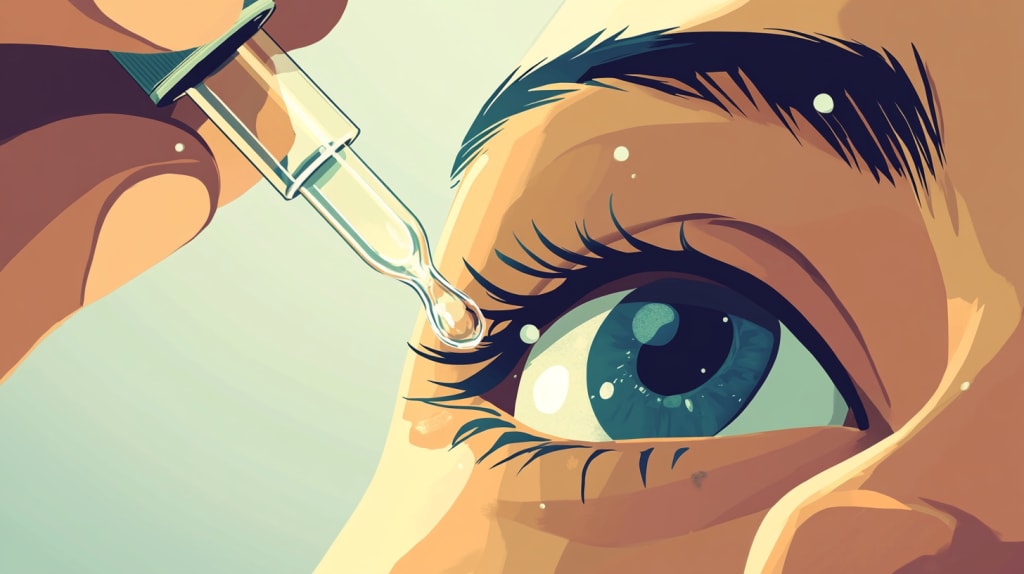
Eye drops are amazing at providing symptomatic relief for dry and gritty eyes resulting from a variety of issues. With so many types of drops on the market, it’s difficult to know which drops would be most suitable for you. It's a good idea to get a comprehensive health check from your optometrist for a personalized dry eye treatment recommendation. In the meantime, here's a brief guide to learn about different eye drops.
Preservative vs. Non-Preservative
Preservatives are used in eye drops to keep them sterile, which extends the shelf life of the product. This increases cost-effectiveness and convenience, as a single multi-use bottle can last several months. This option is best for infrequent users who experience very mild and occasional symptoms of dryness and grittiness.
Non-preservative eye drops are recommended as preservatives may sometimes cause irritation or exacerbate dryness, especially with frequent use. Non-preservative eye drops come in single-dose units or multi-dose bottles but with a shorter shelf life. This option is best for sensitive eyes that require frequent use of drops. These generally can be used while wearing contact lenses.
Important Ingredients
Hyaluronic Acid
- Moisture retention
- High viscosity to create a long-lasting film over the cornea
- Increasing the healing properties of the cornea
- Being a naturally occurring substance causing less irritation
Examples of these eye drops include: Hyloforte, Blink Tears.
Phospholipids
- Being the ideal option for patients diagnosed with Evaporative Dry Eye disease, usually caused by a lack of naturally occurring lipids in the eyes from conditions like Meibomian Gland Disorder
- Better compatibility with natural tears as they contain components similar to those found in natural tears
- Longer-lasting lubrication
Examples of these eye drops include: Systane Complete, Novatears.
Cyclosporine
In some countries, cyclosporine is an ingredient in eye drops that can be purchased over the counter. It is an immunosuppressant that causes an increase in tear production in patients whose tear production is presumed to be reduced due to ocular inflammation. These work differently from lubricating drops as they tackle the root cause of the problem and increase the eye’s natural production of hydration.
Examples of these eye drops include: Restasis.
Mode
Liquid
Most eye drops are liquid and are instilled through a dropper form. These are often quite easy to use and can provide immediate relief of symptoms. This is the most common form of lubrication used for the eyes. The only drawback to using these drops is that they may require more frequent reapplication compared to other forms, and there is some potential for blurry vision after installation, which tends to recover quickly.
Gel
Gel is a thicker, more viscous consistency than liquid drops, usually dispensed from a tube or bottle. The thicker consistency provides extended lubrication and stays on the eye longer, reducing the need for frequent application. They’re suitable for severe dry eye conditions or even overnight protection. The main detractor is that they cause more noticeable temporary blurriness due to their thicker consistency.
Spray
Spray eye drops are dispensed as a fine mist or spray. Application usually involves spraying the product onto closed eyelids, then blinking or directly into the open eye. They provide an even distribution and are especially beneficial for patients who have difficulty keeping their eyes open for the dropper form. A disadvantage is that it may be harder to control the exact amount applied, leading to potential wastage or uneven distribution.
























